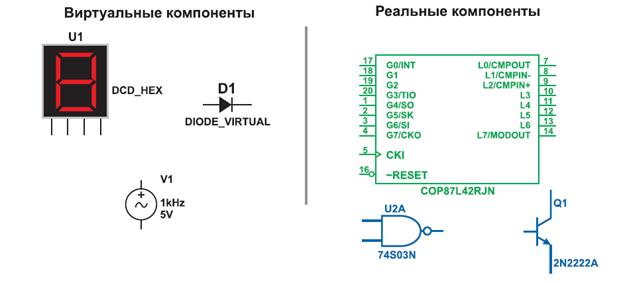Better function member
For the purposes of determining the better function member, a stripped-down argument list A is constructed containing just the argument expressions themselves in the order they appear in the original argument list. Parameter lists for each of the candidate function members are constructed in the following way: · The expanded form is used if the function member was applicable only in the expanded form. · Optional parameters with no corresponding arguments are removed from the parameter list · The parameters are reordered so that they occur at the same position as the corresponding argument in the argument list. Given an argument list A with a set of argument expressions { E1, E2,..., EN } and two applicable function members MP and MQ with parameter types { P1, P2,..., PN } and { Q1, Q2,..., QN }, MP is defined to be a better function member than MQ if · for each argument, the implicit conversion from EX to QX is not better than the implicit conversion from EX to PX, and · for at least one argument, the conversion from EX to PX is better than the conversion from EX to QX. When performing this evaluation, if MP or MQ is applicable in its expanded form, then PX or QX refers to a parameter in the expanded form of the parameter list. In case the parameter type sequences {P1, P2, …, PN} and {Q1, Q2, …, QN} are equivalent (i.e. each Pi has an identity conversion to the corresponding Qi), the following tie-breaking rules are applied, in order, to determine the better function member. · If MP is a non-generic method and MQ is a generic method, then MP is better than MQ. · Otherwise, if MP is applicable in its normal form and MQ has a params array and is applicable only in its expanded form, then MP is better than MQ. · Otherwise, if MP has more declared parameters than MQ, then MP is better than MQ. This can occur if both methods have params arrays and are applicable only in their expanded forms. · Otherwise if all parameters of MP have a corresponding argument whereas default arguments need to be substituted for at least one optional parameter in MQ then MP is better than MQ. · Otherwise, if MP has more specific parameter types than MQ, then MP is better than MQ. Let {R1, R2, …, RN} and {S1, S2, …, SN} represent the uninstantiated and unexpanded parameter types of MP and MQ. MP’s parameter types are more specific than MQ’s if, for each parameter, RX is not less specific than SX, and, for at least one parameter, RX is more specific than SX: o A type parameter is less specific than a non-type parameter. o Recursively, a constructed type is more specific than another constructed type (with the same number of type arguments) if at least one type argument is more specific and no type argument is less specific than the corresponding type argument in the other. o An array type is more specific than another array type (with the same number of dimensions) if the element type of the first is more specific than the element type of the second. · Otherwise if one member is a non-lifted operator and the other is a lifted operator, the non-lifted one is better. · Otherwise, neither function member is better.
|




